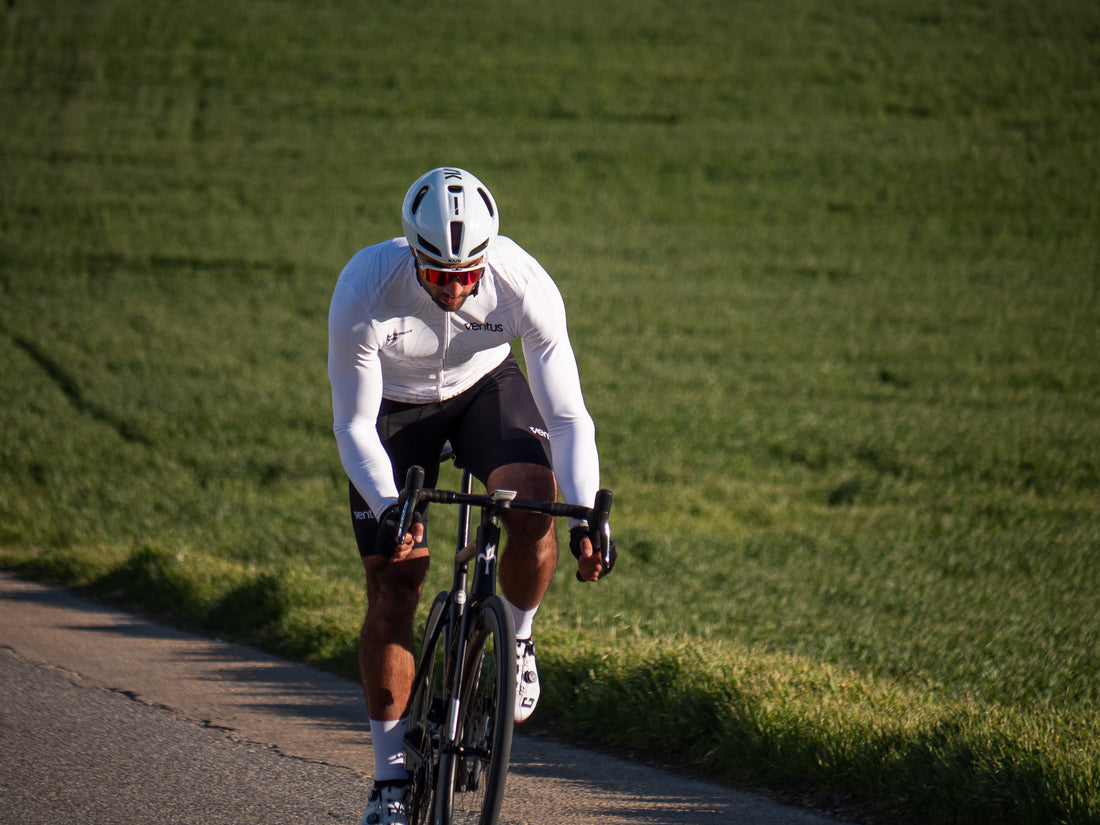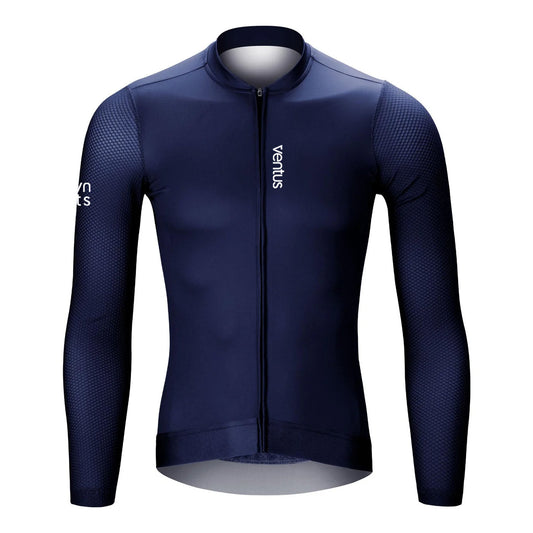
How Squat Exercises Help Cyclists Improve Power
Share
Cycling is a demanding sport that requires not only endurance but also substantial leg power. To excel in this sport, cyclists often turn to a variety of training techniques to increase their strength and stamina. One such technique is squat exercises, which can play a crucial role in enhancing a cyclist's power.
Understanding the Mechanics:
Before we explore the benefits of squat exercises, let's understand the mechanics of cycling. Cycling predominantly engages the quadriceps, hamstrings, glutes, and calves. While endurance is essential for long rides, raw power is equally vital, especially during sprints, hill climbs, and acceleration.
Squats and Leg Power:
Squat exercises are renowned for their ability to target and strengthen the muscles that cyclists rely on. They particularly work on the quadriceps and glutes, both crucial for generating power on the bike. Here's how squats contribute to power improvement:
-
Muscle Activation: Squats engage multiple leg muscles simultaneously. The quadriceps and glutes play a dominant role, with the hamstrings and lower back muscles providing stability. This engagement helps build muscle strength and power.
-
Leg Extension: Squats are excellent for developing the leg extension necessary for powerful pedal strokes. As cyclists push through the pedal's downstroke, the strength and endurance in the quadriceps play a significant role.
-
Balance and Stability: Squats require core stabilization and balance. These factors are equally crucial for cyclists, especially when navigating uneven terrain or maintaining form during sprints.
-
Injury Prevention: Strengthening the leg muscles through squats can help prevent injuries. Enhanced muscle strength provides greater stability around joints, reducing the risk of strains or imbalances.
Types of Squats:
Cyclists can benefit from a variety of squat exercises, including:
- Back Squats: Performed with a barbell on the upper back, emphasizing the quadriceps and glutes.
- Front Squats: With the barbell in front, this variation shifts the focus to the quadriceps and core.
- Single-Leg Squats: Also known as "pistol squats," these enhance balance and stability, making them particularly useful for cycling.
Squat Exercise Regimen:
A well-rounded training plan for cyclists should include squats. It's essential to focus on proper form and gradually increase the weight and intensity. Work with a trainer or coach to develop a personalized regimen that aligns with your cycling goals.
Sample Squat-Based Workout:
- Back Squats: 3 sets of 8-10 repetitions
- Front Squats: 3 sets of 8-10 repetitions
- Single-Leg Squats: 3 sets of 6-8 repetitions per leg
The Impact on Performance:
Integrating squats into your training routine can lead to significant improvements in cycling performance:
- Enhanced sprinting capabilities for powerful acceleration.
- Increased stamina for long climbs and sustained efforts.
- Improved overall pedal stroke efficiency.
- Reduced risk of muscle imbalances and injuries.
Conclusion:
In the world of cycling, power is a valuable asset. Squat exercises offer an effective means to enhance the strength and endurance of the leg muscles essential for generating power on the bike. When incorporated into a well-rounded training plan, squats can contribute to improved cycling performance, making you a more formidable force on the road or trail.



